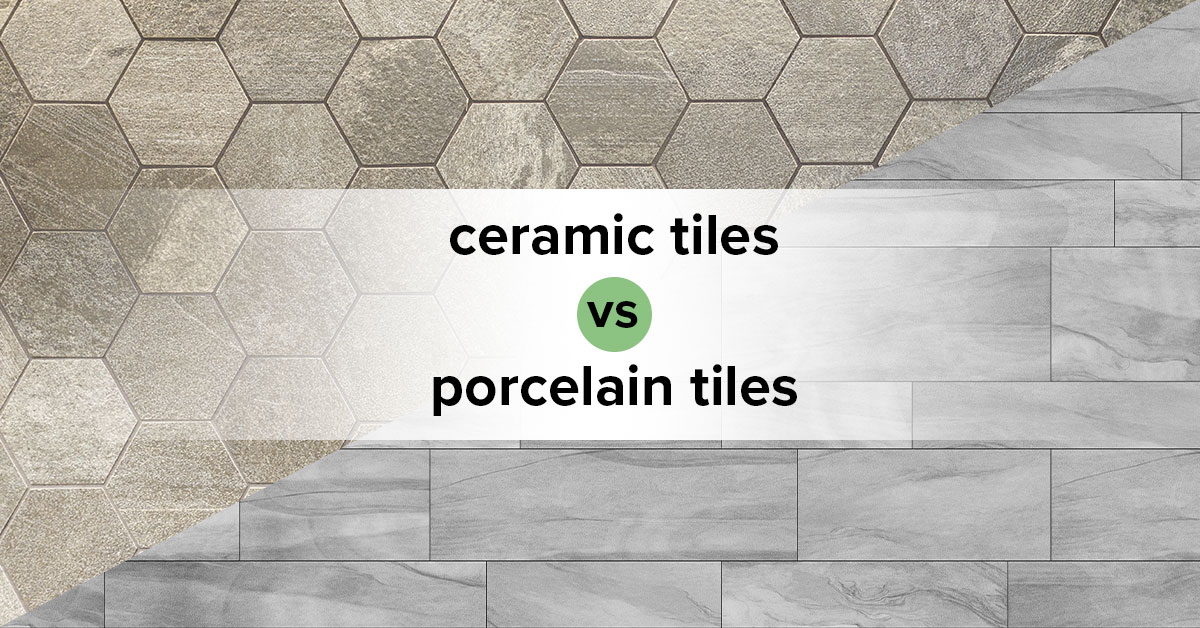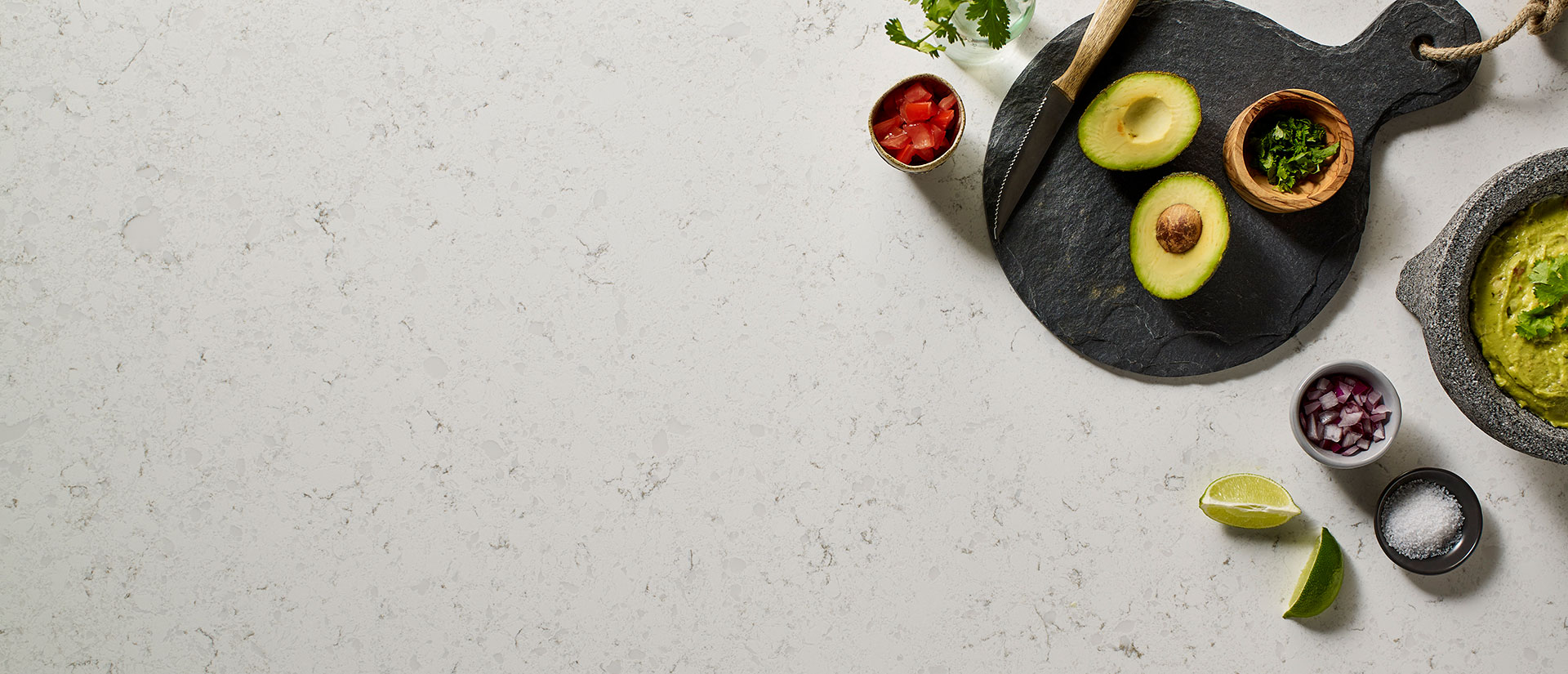Ceramic VS Porcelain Tiles

Date Posted: 02/23/2022
Ceramic VS Porcelain Tiles
Some people tend to use the terms ‘porcelain’ and ‘ceramic’ tiles interchangeably, but there are a few differences that are worth noting when you are working on an interior design project. Depending on how you plan to use your space, porcelain or ceramic tiles may suit you better. Below we will discuss how they differ and where they’re best used!
Comparing the Differences
The main difference between a porcelain and ceramic tile is the rate of water they absorb. Porcelain tiles absorb less than 0.5% of water whilst ceramic and other non-porcelain tiles will absorb more.
This is down to the stuff used to make porcelain tiles. The clay is denser and less porous. It affects how the tiles behave, and what they’re best used for.
How are ceramic tiles made?
Ceramic tiles are made using natural red, brown or white clay. Firstly the clay is fired at a high temperature to reduce the water content, the glaze followed by the pattern is then applied.
How are porcelain tiles made?
Porcelain tiles are made using very specific clay, with finely-ground sand and feldspar added to the mixture. The tiles are fired at a higher temperature than ceramic, this helps to make porcelain tiles super hardwearing.
Cost
Most porcelain tile costs $4 to $8 per square foot - this a bit more than ceramic tile. However, keep in mind that if you're looking for custom tiles, the price can be as much as $25 per square foot. Installation generally runs another $4 to $8 per square foot, depending on your preferred design store
Durability
Porcelain tiles are denser than ceramic, and therefore less porous. Meaning they’re harder, or more durable and absorb less water. This makes them more suited for higher traffic areas in your home.
However, this doesn’t mean that ceramic is not as good. As it’s less dense, it’s also less brittle and it's easier to work with.
The Best Places to Use Ceramic VS Porcelain Tiles
High Foot Traffic Areas
The durability of porcelain tiles make them perfect for high traffic areas as they’re resistant to scratches and scuffs. Whether in an area of the home that sees high footfall, such as the hallway or kitchen, or in a commercial space, porcelain is the most hardwearing.
However, compared to other flooring options such as laminate or carpet, ceramic tiles still represent a durable and hard-wearing choice.
Showers & Bathrooms
As porcelain is nearly waterproof, porcelain tiles are the best material to use when installing in a “wet” room due to the levels of moisture.
Ceramic is perfect to use all over in a standard bathroom especially with the wide choice of designs available including some with anti-slip properties.
Outdoor Spaces
Porcelain’s level of water resistance means it can weather everything that nature has to throw at your patio or outdoor spaces. In colder weather, ceramic may crack, meaning you’ll be in need of a replacement much sooner than you’d like. In this case, porcelain will offer you peace of mind.
Are you trying to choose between porcelain or ceramic tiling for a space in your home? If you are having trouble deciding between styles, sizes, or anything in between, contact our team at Surfaces PCB! Our interior designers can help you explore the vast varieties of tile, cabinets, flooring, colors, and more to get the design of your dreams for your living room, kitchen, bathroom, or any area of your home. You can also visit our 12,000 square foot showroom in Panama City Beach to shop our extensive products. Contact us today at 850-249-4557 to talk with our team!
